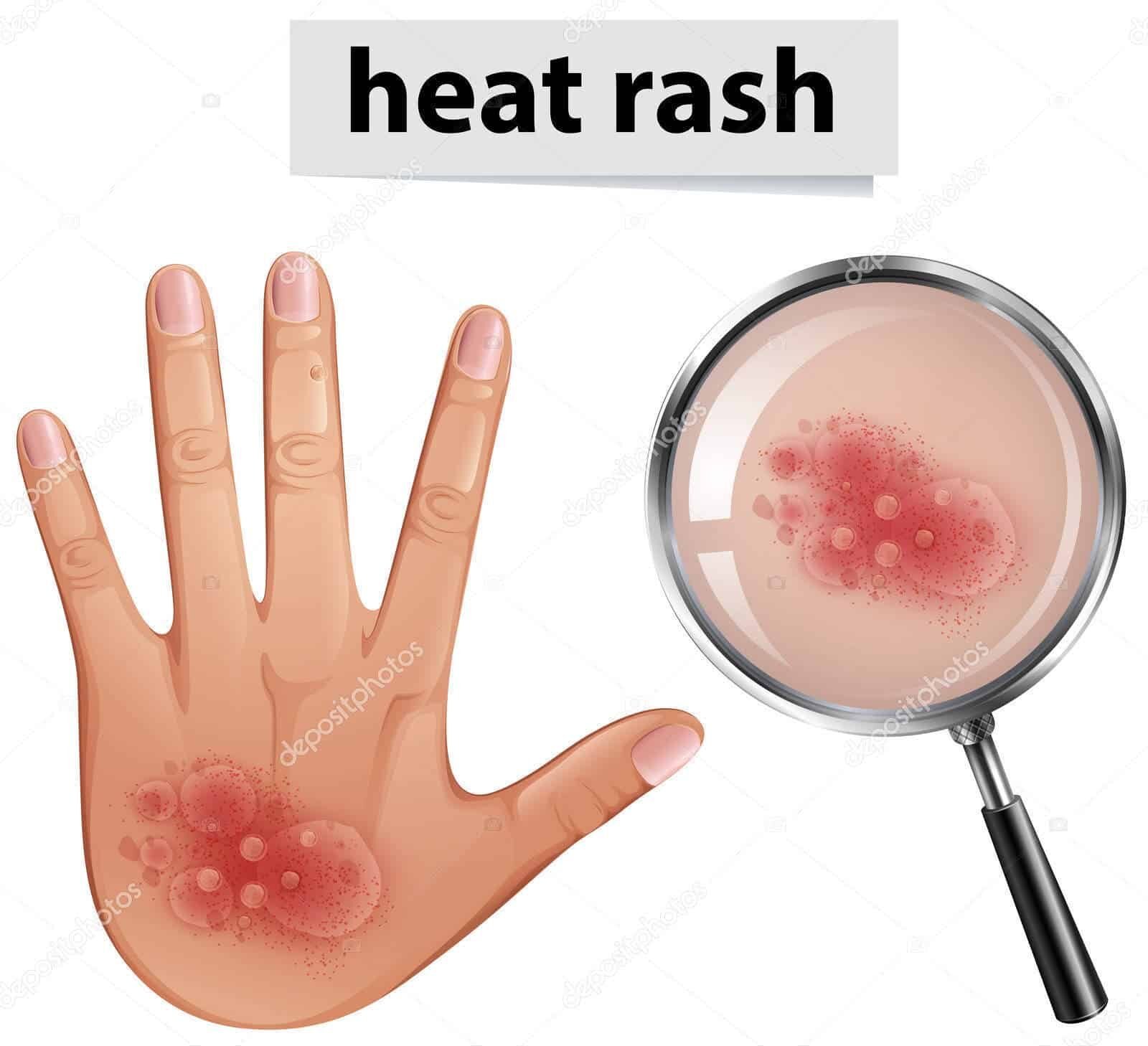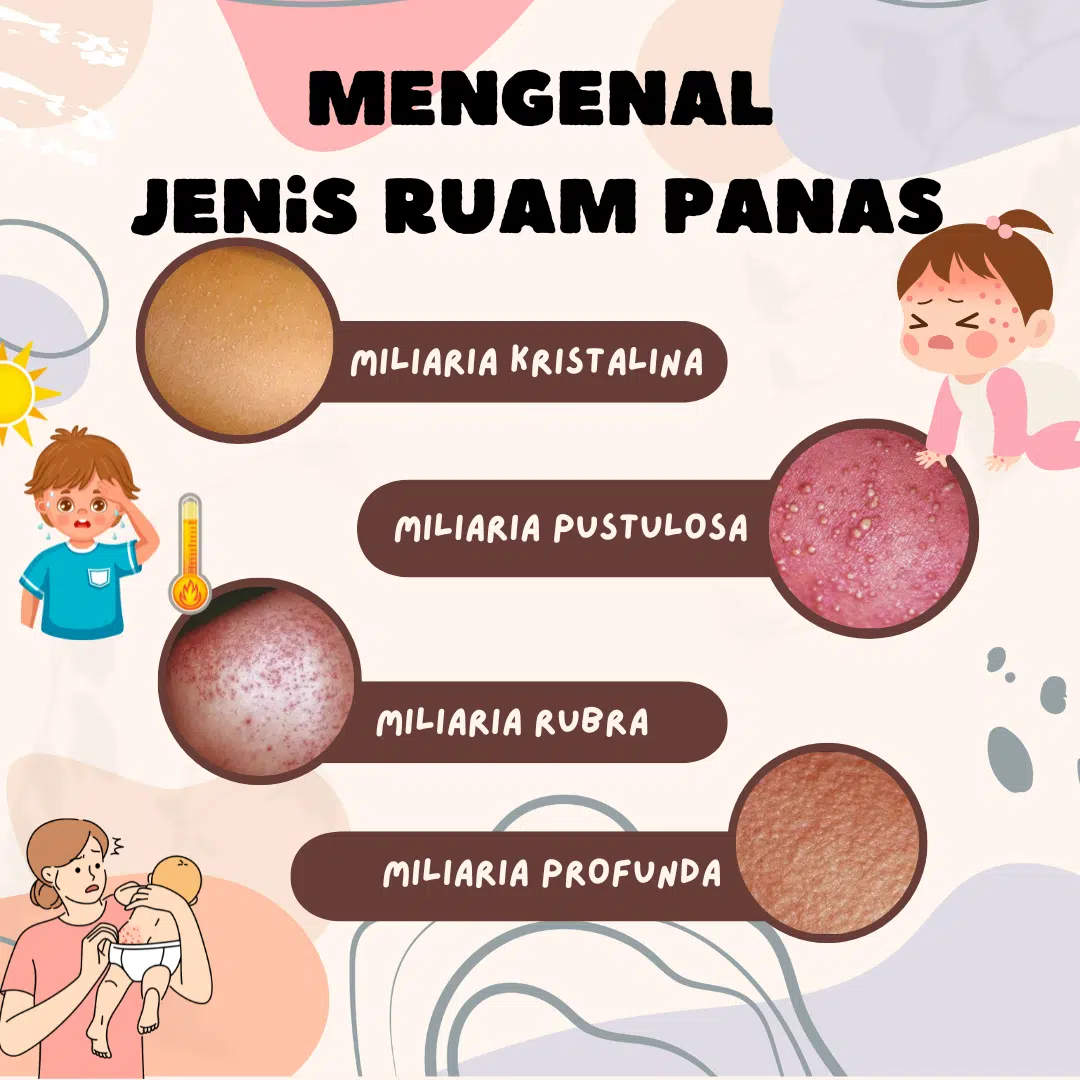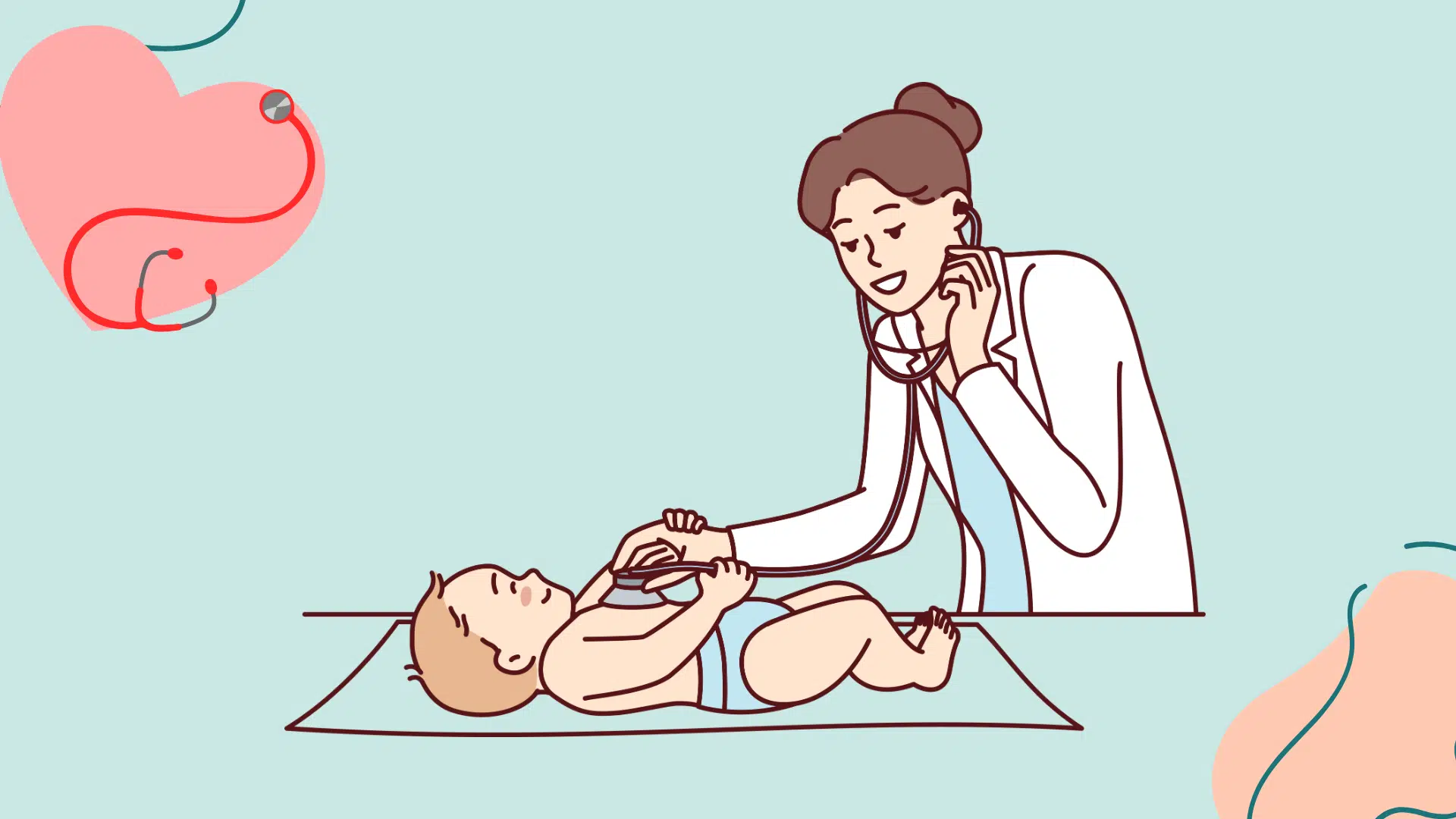
Understanding Heat Rash in Children: Causes, Symptoms, and Treatment
LET’S LISTEN TO DR JOANN: HOW TO CHOOSE A RIGHT BODY PRODUCT
WHEN TO SEE A DOCTOR?
Although heat rash will disappear on its own, parents should pay attention to these symptoms and take their children for further treatment:
- when the rash does not disappear and shows no positive signs within a few days.
- the rash continues to spread to other areas and gets larger signs of bacterial infection such as pus the rash becomes painful
- experiencing additional symptoms such as fever, body aches, joint pain, headaches, shortness of breath, and sore throat
- swollen lymph nodes in the neck, armpits, or groin area
If symptoms persist, you can see a pediatrician or the nearest doctor for further treatment.
REFERENCES
Dottie. (2016, October 6). Ruam Panas. Portal MyHEALTH. http://www.myhealth.gov.my/ruam-panas-3/
Ruam Kulit (Skin Rashes) – Punca,Jenis-Jenis Dan Cara Mengatasi. (n.d.). Www.doctoroncall.com.my. Retrieved April 18, 2024, from https://www.doctoroncall.com.my/health-centre/kesihatan-kulit/penyakit-kulit-lain/jenis-ruam-kulit
Gatal Sebab Ruam Ruam Panas? Ini Cara Atasinya, Sesuai Untuk Bayi & Dewasa, Pasti BERKESAN! (2019, March 7). Hello Doktor. https://hellodoktor.com/sihat-bergaya/masalah-kulit/rawatan-dan-pencegahan-ruam-panas/



